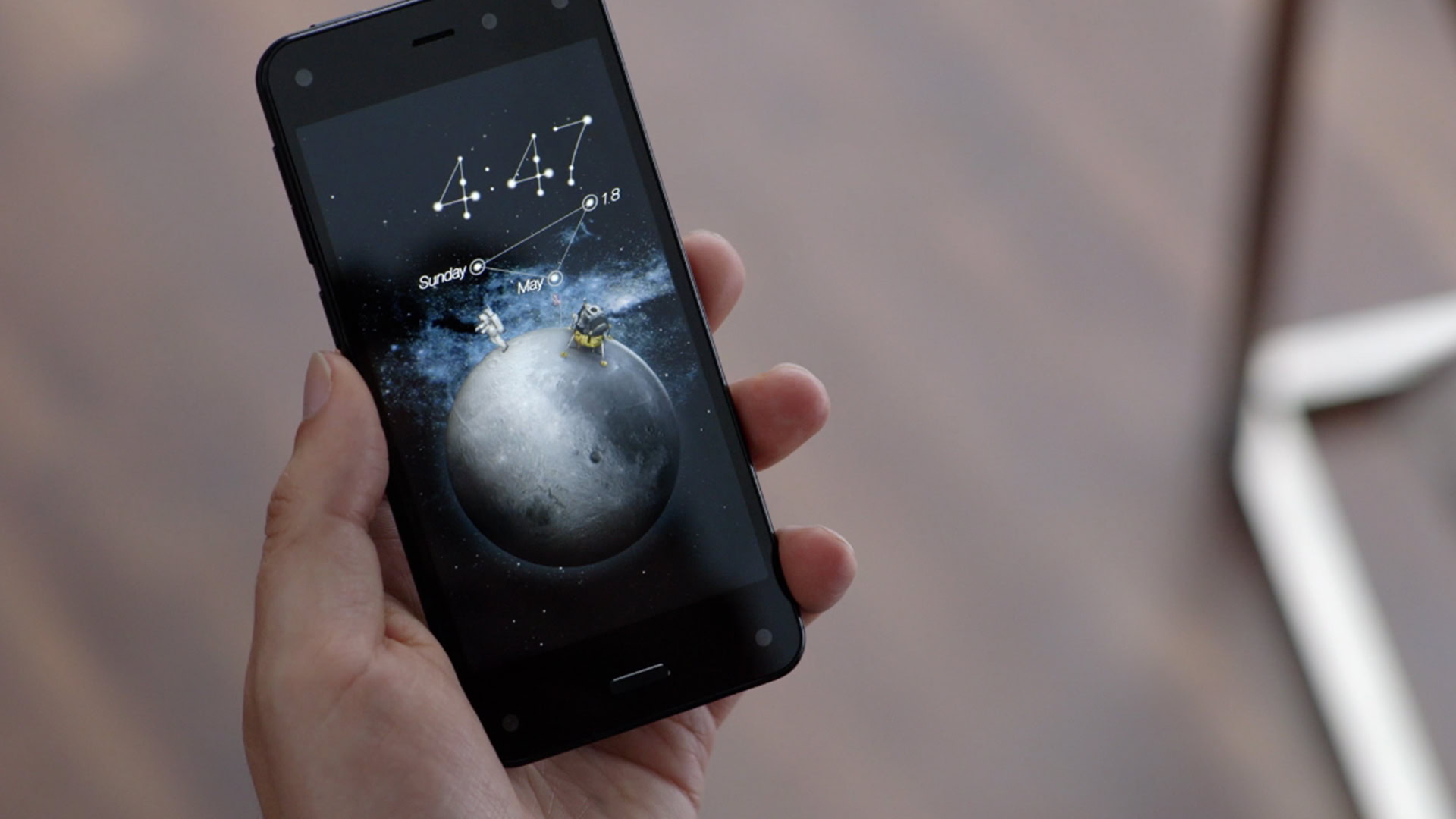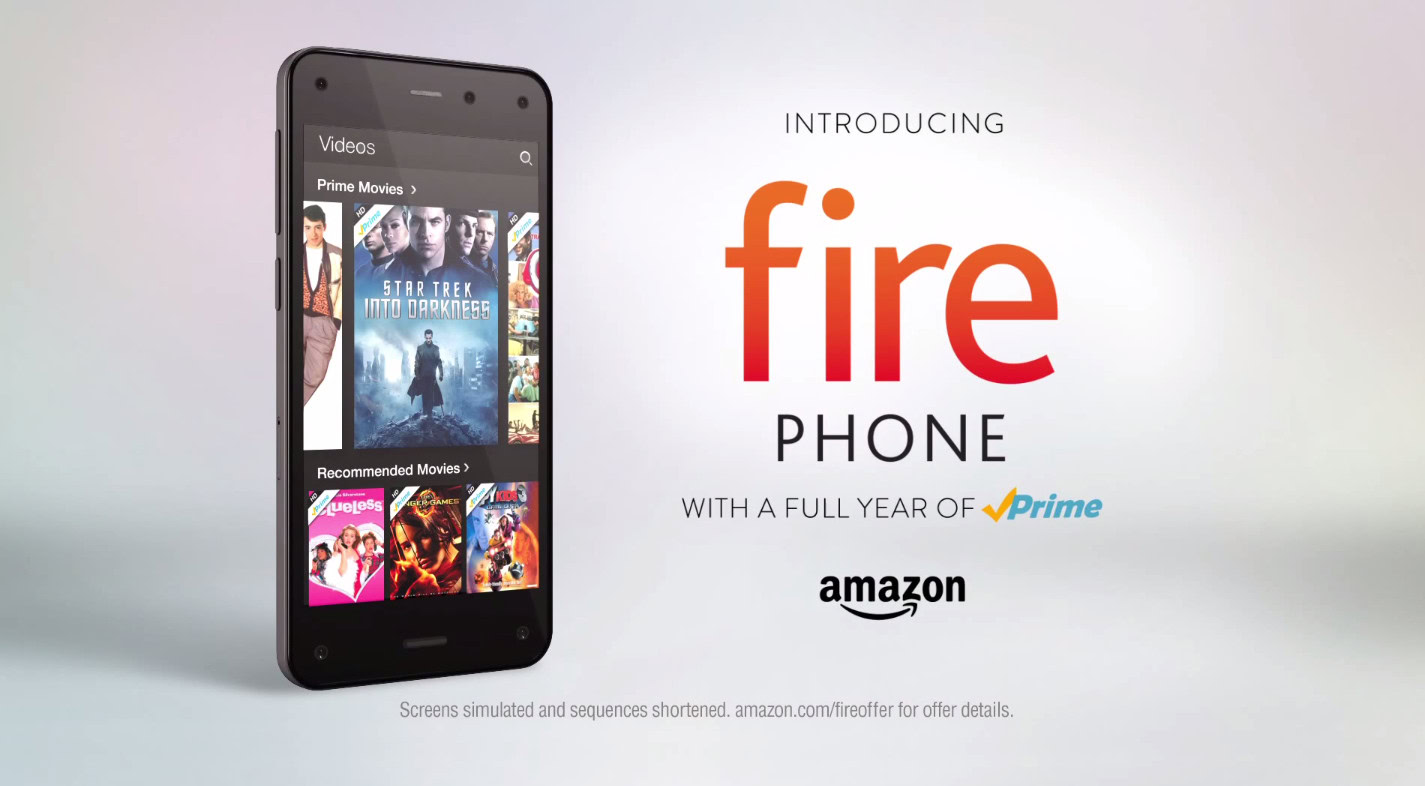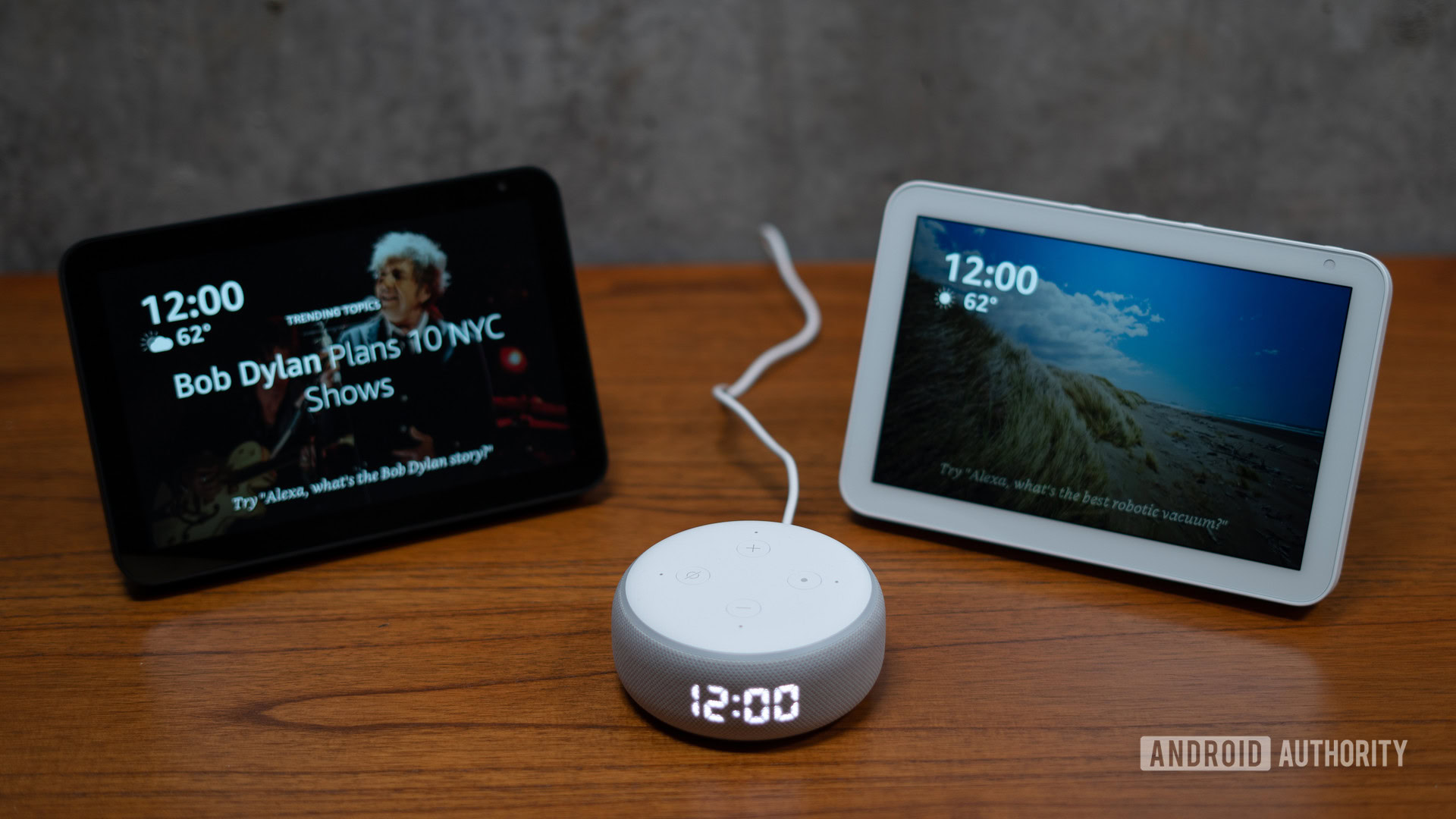Affiliate links on Android Authority may earn us a commission. Learn more.
The Amazon Fire Phone wasn't a good phone, but did Google help kill it?
Published onSeptember 30, 2019

The Amazon Fire Phone might be the online retailer’s most expensive mistake, touting a 3D display and its Fire OS take on Android. Amazon’s handset reportedly cost the firm over $170 million in the quarter following its launch. But new emails have surfaced, suggesting that manufacturers refused to ship Amazon’s platform for fear of angering Google.
An email from a manufacturer to Amazon executives revealed that the brands didn’t want to “piss off Google” by shipping devices running Fire OS, The Telegraph reported (soft paywall).
Another email from January 2013 reveals that a manufacturer was interested in shipping a Fire OS device, but that its “anti-fragmentation” agreement with Google blocked Amazon and the manufacturer from working together.
Google has disputed that this agreement was the reason why the Amazon Fire Phone device failed. According to the Telegraph, Google cited a lack of apps and carrier support, a high price ($650 at launch), and “poor negotiation with manufacturers.” But is it really a case of poor negotiating if these manufacturers were tied down by Google to begin with, as Amazon asserts?
The agreement in question?

Google has long held agreements with numerous major manufacturers, essentially barring them from shipping devices running “forks” of Android. Fire OS by Amazon is one such fork, running Android but having most of the Google functionality stripped out in favor of Amazon services.
This “anti-fragmentation” agreement meant Google could block a manufacturer from going ahead and launching a phone with an Android fork in the first place. This presumably meant that Google might pull Google Mobile Services from the manufacturer’s devices.

This agreement was one of several Google practices that incurred the wrath of the European Commission. The Commission slapped Google with a €4.3 billion fine in 2018 due to this and several other issues. Google was also forced to implement the ability for EU customers to choose their browser and search engine upon phone setup.
Google’s sway over manufacturers can’t be overstated, as Huawei found out after it was subject to a trade ban by the US. The HUAWEI Mate 30 series phones lack pre-installed Google Mobile Services, and the Chinese brand has delayed the Western launch of the phones as a result.
Nevertheless, the fact that Amazon was negotiating with manufacturers means that going it alone wasn’t necessarily its first choice. It certainly sounds like the online retailer was looking for a partner on the hardware side of things, while it handled the software.
Would things have been different if other manufacturers were able to step up and help Amazon out? It’s tough to say, but Google’s armada of services certainly made it difficult for other platforms and forks to achieve success.